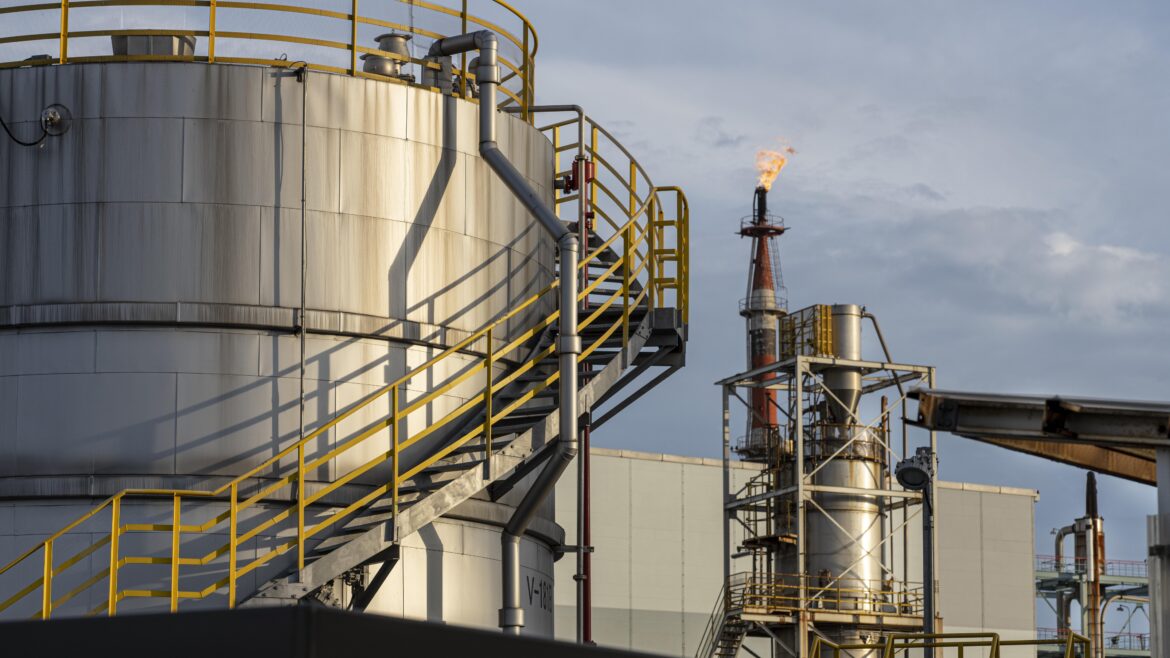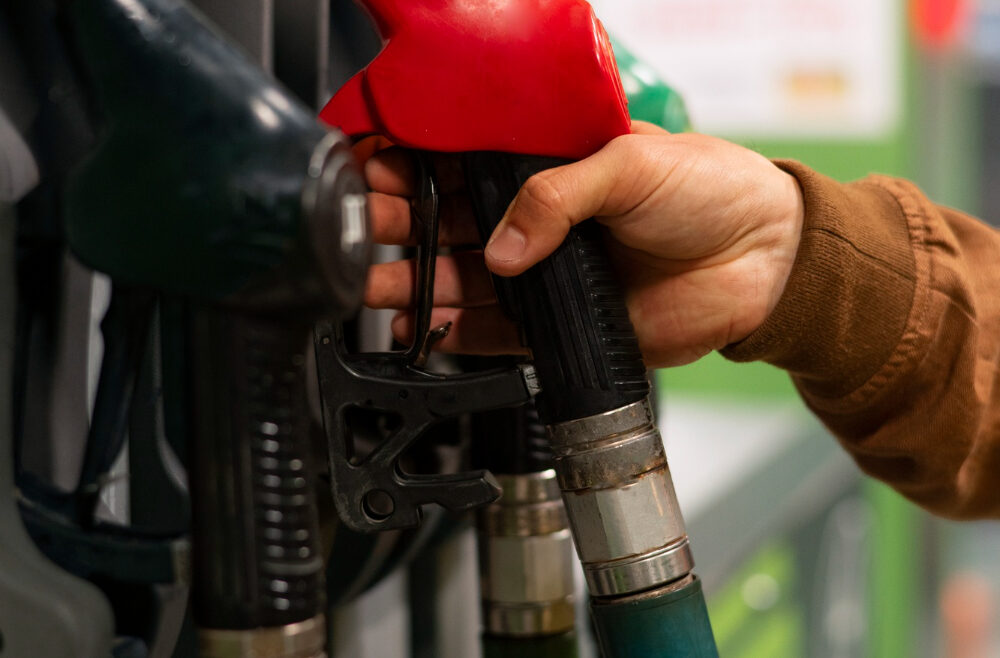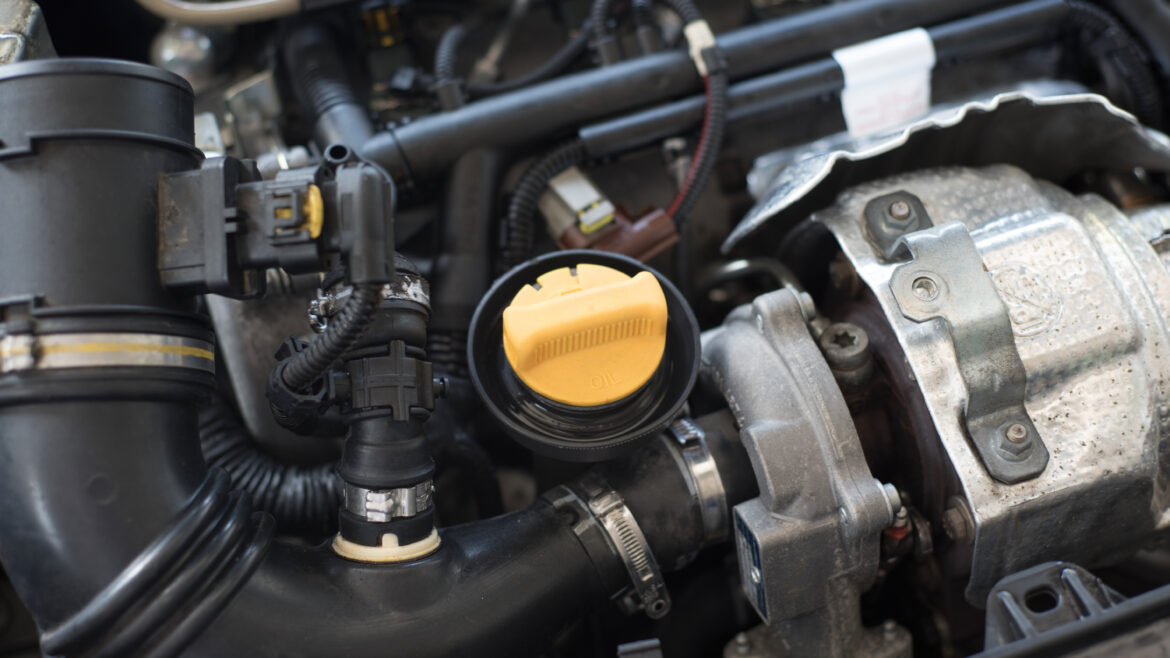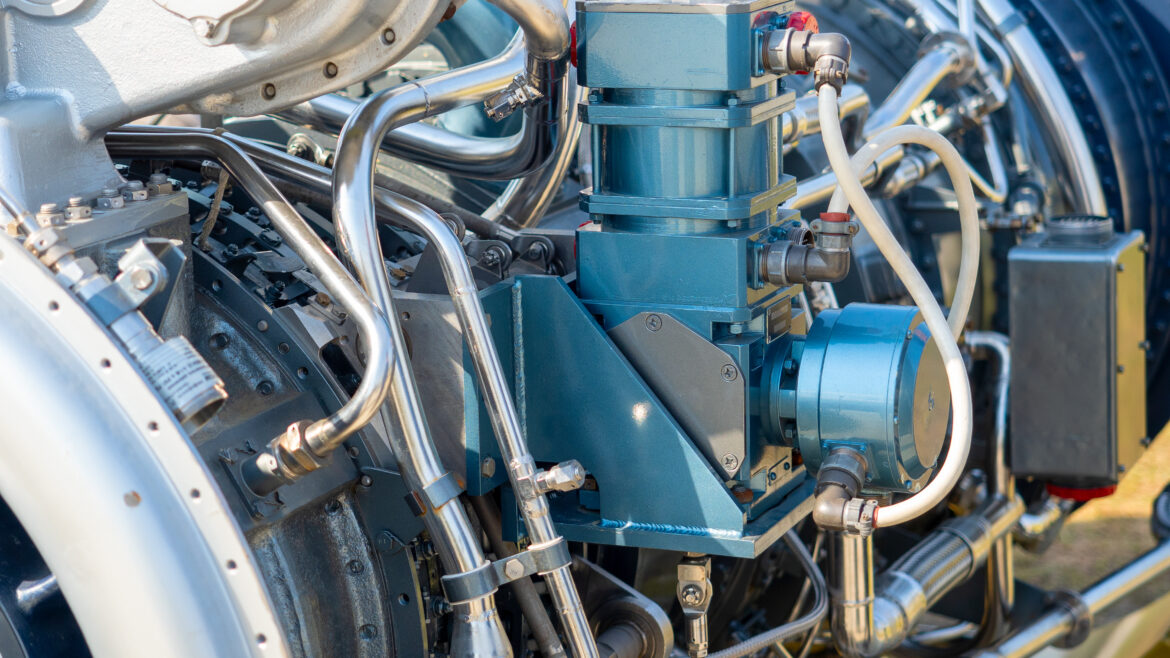Biodiesel Handling and Use Guide (5th Edition 2016)
Where to start when fueling your fleet with biodiesel.

The U.S. Department of Energy’s Biodiesel Handling and Use Guide (Fifth Edition)
If you are a fleet seeking to reduce your CO2 footprint and biodiesel is your drop in solution, this book is your guide. The Biodiesel Handling and Use Guide is the definitive user’s manual for fleets seeking to field biodiesel and blends as a substitute for petroleum diesel (available from the US Department of Energy’s Alternative Fuel Data Center).
Biodiesel is diesel-rated fuel manufactured from animal fats and vegetable oils by way of a chemical reaction. It is not diesel fuel but it has extremely similar properties, allowing it to be blended with petroleum diesel.
As a drop in fuel, it substantially reduces tailpipe emissions and cuts CO2 emission by more than half when used as a substitute for petroleum diesel. Many states and the federal government have financial incentives to encourage its use. Several states also have mandates for the use of biodiesel as a blend component with diesel fuel.
In the last twenty years biodiesel has come a long way and it is now a mainstream fuel around the United States. In just the last ten years, a great deal has changed with the complexity of diesel engines, the sources of crude oil refined into ultra-low sulfur on road diesel, and the complexity diesel fleets will encounter in operating day-to-day. This book is a scientific and easy-to-read manual to help you navigate success with modern diesel.
The Biodiesel Handling and Use Guide covers the technical aspects of biodiesel and how it differs from petroleum diesel. It also provides advice on higher blends and storing fuel onsite. This guide goes in-depth about equipment compatibility for your refueling infrastructure as well as maintenance concerns you want to get ahead of. There are also checklists included for fleets seeking to move from petroleum diesel to higher blends of biodiesel.
If you have questions or want help in using higher blends of biodiesel in your fleet, don’t hesitate to contact Star Oilco. Even if you are not in our service area, we will be here to help. Star Oilco has been helping fleets succeed with biodiesel blends since 2003.

Contact Form
For further reading on Biodiesel please see the following Star Oilco pages:
Every Question Star Oilco has been asked about Biodiesel
Oregon Biodiesel Tax Breaks for Retail Stations
In-Depth look at Biodiesel as a Heating Fuel









































 Coffee comes from roasted coffee beans, these “beans” are actually the seeds from berries of the Coffea species, with the two most common species being C. arabica and C. canephora. People have been drinking coffee since the 15th century. Coffee plants are evergreen shrubs that can grow up to 15 feet tall. They have glossy, dark-green leaves about 4 to 6 inches long. Brazil, Vietnam, and Colombia are were most of the coffee is coming from.
Coffee comes from roasted coffee beans, these “beans” are actually the seeds from berries of the Coffea species, with the two most common species being C. arabica and C. canephora. People have been drinking coffee since the 15th century. Coffee plants are evergreen shrubs that can grow up to 15 feet tall. They have glossy, dark-green leaves about 4 to 6 inches long. Brazil, Vietnam, and Colombia are were most of the coffee is coming from.
















